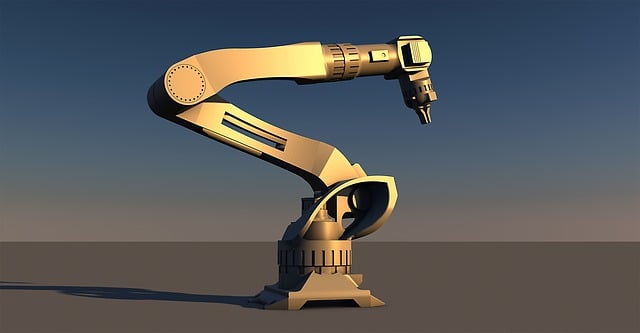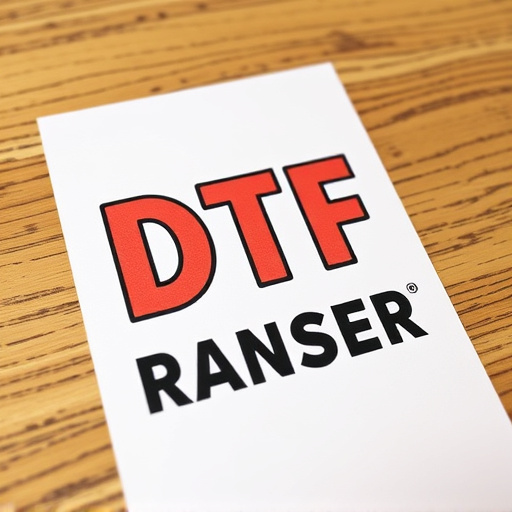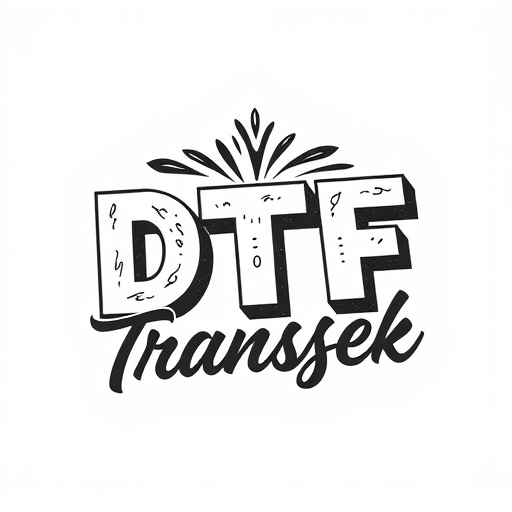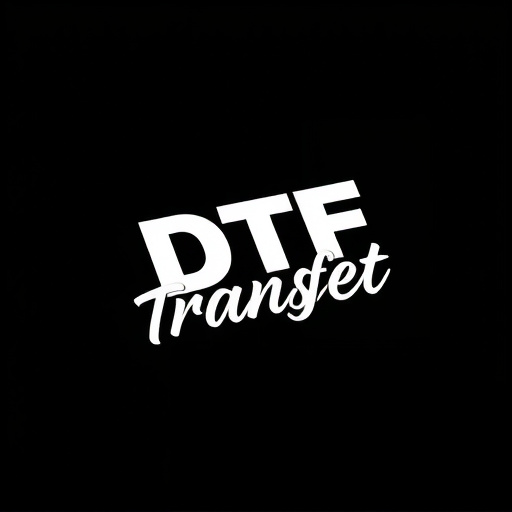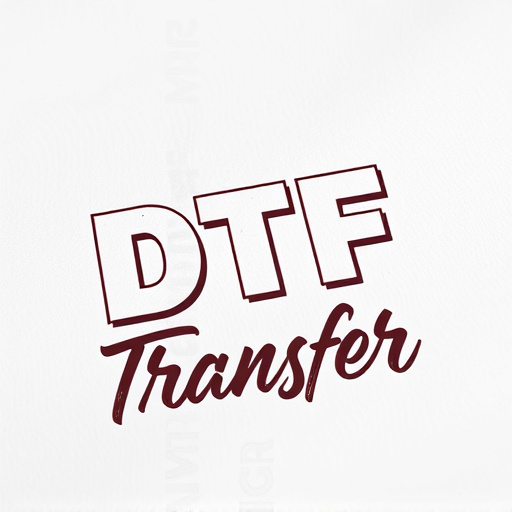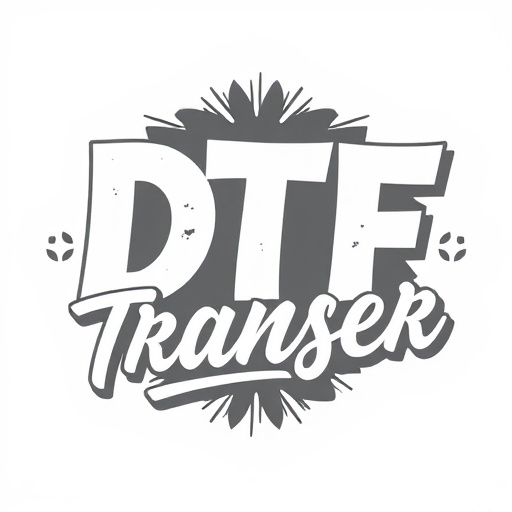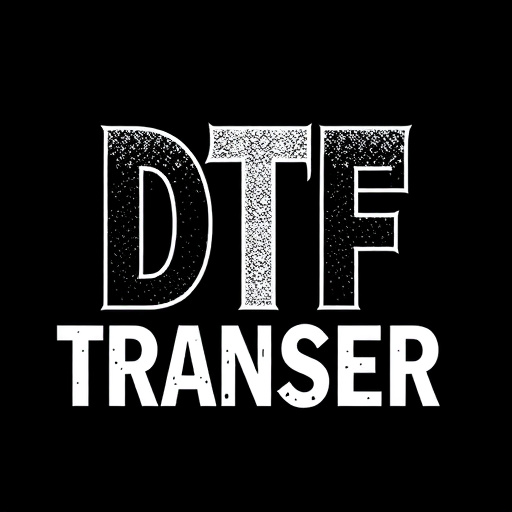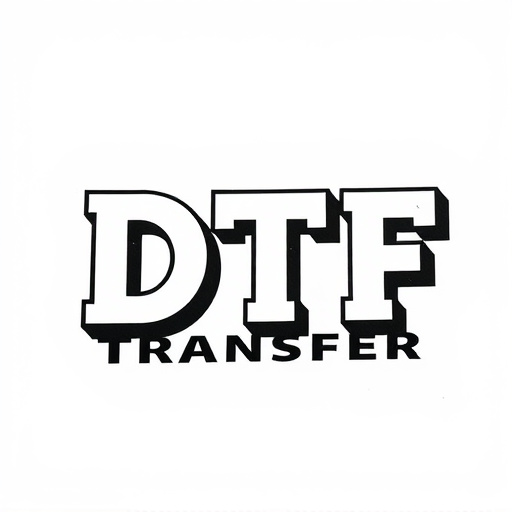Small-batch production, led by Direct-To-Fabric (DTF) technology, offers a flexible alternative to mass production. DTF Transfer and DTF Printing enable businesses and creators to produce unique, customized items like apparel and home decor without high minimum order quantities. This method minimizes waste, speeds up production, and allows for intricate, vibrant prints previously unattainable in smaller batches. Ideal for fashion designers, small businesses, and event organizers, DTF transfers promote environmental sustainability while ensuring professional aesthetics for limited-edition collections or personalized merchandise.
“Unleash your creativity with small-batch options that offer flexibility without bulk orders. This guide explores the world of DTF (Direct-to-Garment) transfer printing, a game-changer for custom apparel. We delve into its benefits, from precise customization to efficient production. Learn how DTF works step by step and discover its advantages over traditional batching. Target markets and quality control strategies are also covered, empowering you with the knowledge to harness the power of DTF prints.”
- Understanding Small-batch Production and Its Benefits
- The Role of DTF Transfer in Customization
- How DTF Printing Works: A Step-by-step Guide
- Advantages of DTF over Traditional Batching Methods
- Target Markets for Small-batch DTF Prints
- Quality Control and Ensuring Consistency in Small Batches
Understanding Small-batch Production and Its Benefits
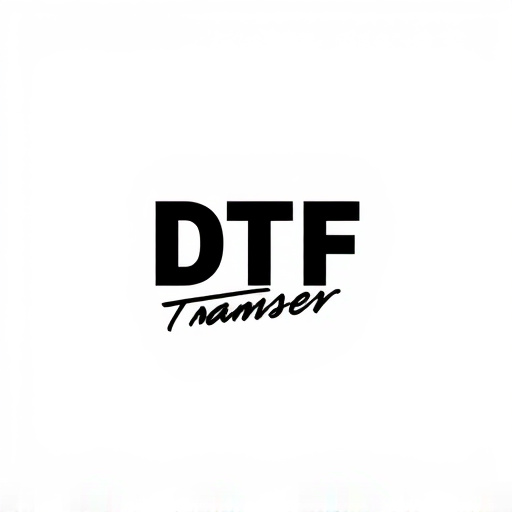
Small-batch production refers to manufacturing or creating products in relatively small quantities, often tailored to specific customer needs or niche markets. Unlike mass production, which prioritizes high volumes and standardized items, small-batch methods allow for greater flexibility, customization, and efficiency gains. This approach is particularly appealing to businesses embracing print-on-demand (POD) strategies, such as DTF Transfer and DTF Printing techniques.
One of the primary benefits of small-batch options is the ability to offer unique, personalized items without the burden of large minimum order quantities (MOQs). DTF Prints, enabled by Direct-To-Fabric (DTF) technology, empower creators and businesses to bring designs to life on a variety of fabrics with minimal upfront investment. This flexibility caters to diverse customer preferences, enabling companies to adapt swiftly to market trends, test new ideas, and foster strong relationships with clients who appreciate customized, on-demand products.
The Role of DTF Transfer in Customization

The DTF (Direct to Fabric) Transfer process is a game-changer in the realm of small-batch customization. This innovative technique allows for the creation of unique, custom designs on fabric without requiring large minimum order quantities. With DTF Printing, businesses and artisans can offer a diverse range of personalized products, from apparel to home decor items. The process involves transferring ink directly onto the fabric using heat, enabling intricate and vibrant prints that were once unattainable in smaller batches.
This method is particularly beneficial for small-batch producers as it provides flexibility and opens up new creative possibilities. DTF Transfer allows for on-demand printing, minimizing waste and ensuring that production scales with demand. As a result, businesses can cater to individual customer preferences, offering made-to-order items that stand out in the market. From custom t-shirts to one-of-a-kind fabric art, DTF Prints deliver exceptional quality and unique designs, making them a popular choice for those seeking personalization without the constraints of large production runs.
How DTF Printing Works: A Step-by-step Guide
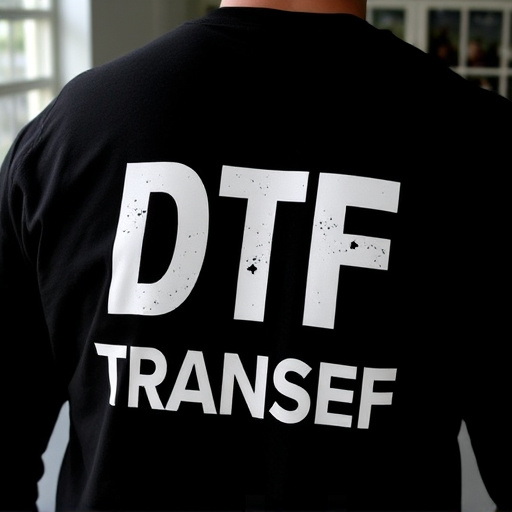
Direct-to-garment (DTF) printing is a game-changer for small-batch production without quantity constraints. Here’s how it works in a step-by-step guide:
1. Design Creation: Begin by designing your artwork or choosing a ready-made graphic that you want to print. This design will be the basis of your DTF transfer. Ensure the image is high-resolution and optimized for printing.
2. DTF Transfer Preparation: Next, prepare the DTF transfer sheet. These sheets are specially coated to accept ink and then transfer it onto various materials like t-shirts, mugs, or fabric. Place the design on the transfer sheet using a heat press or an iron, following the manufacturer’s instructions for temperature and pressure.
3. Ink Application: After the transfer is in place, use a DTF printing machine to apply ink directly onto the transfer. These machines precisely deposit ink through fine nozzles, creating detailed prints. You can choose from various ink colors to achieve your desired aesthetic.
4. Curing Process: Once the ink is applied, cure it using heat or UV light, depending on the type of ink used. This step ensures that the ink bonds permanently to the substrate (the material you’re printing on). For DTF prints on textiles, a heat press is commonly used to set the ink and make the print durable.
5. Post-Printing: After curing, carefully peel off the transfer sheet to reveal your printed design. The final result is a vibrant, high-quality DTF print that can be applied to numerous items without the need for large minimum order quantities.
Advantages of DTF over Traditional Batching Methods
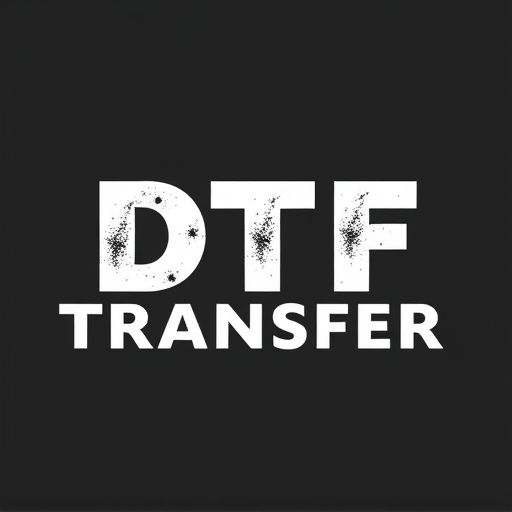
The traditional batching methods often come with stringent quantity requirements, making it less flexible for businesses and creators who want to offer personalized or limited-edition products. This can limit innovation and adaptability in the market. In contrast, Direct To Fabric (DTF) transfer offers a revolutionary approach that eliminates these constraints. DTF allows for printing on demand, enabling small batches or even single prints without the need for large minimum order quantities.
One of the key advantages of DTF over traditional methods is its efficiency and cost-effectiveness. With DTF Printing, setting up and producing custom designs is swift, making it ideal for small businesses, entrepreneurs, and artists looking to test concepts or create unique, limited-edition items. This method also reduces waste since there’s no need to print large runs and store excess inventory, a significant benefit in terms of both cost savings and environmental sustainability. Additionally, DTF Transfer provides high-quality prints that rival traditional methods, ensuring that small-batch products maintain the same level of professionalism and aesthetics as mass-produced items.
Target Markets for Small-batch DTF Prints
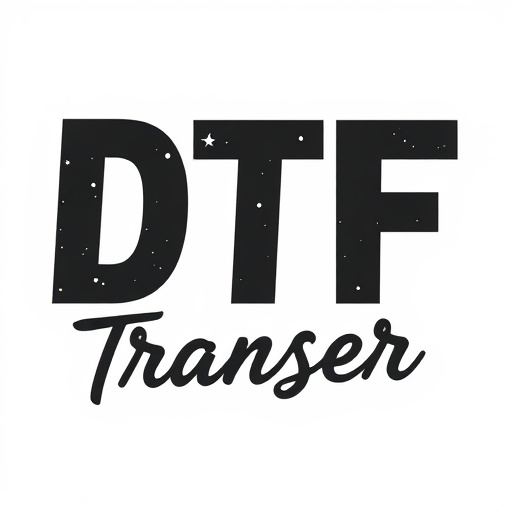
Small-batch DTF (Direct to Fabric) printing caters to a diverse range of target markets that require customizable, on-demand production without the constraints of large minimum order quantities. These options are ideal for small businesses, entrepreneurs, and even individuals looking to launch their own apparel or textile lines. From fashion designers experimenting with limited-edition collections to small-scale event organizers seeking personalized merchandise, DTF transfers offer a flexible solution.
The appeal lies in its ability to produce high-quality prints on demand, allowing businesses to test the market without overloading themselves with unsold inventory. This is particularly beneficial for niche markets or custom designs where there’s no guarantee of widespread appeal. DTF printing enables creators and entrepreneurs to focus on their unique selling points while outsourcing production to specialized small-batch providers, ensuring they stay agile and responsive to consumer demands.
Quality Control and Ensuring Consistency in Small Batches

In small-batch production, maintaining quality control and consistency is paramount to ensuring each product meets high standards. With limited quantities, even subtle variations can be more noticeable, requiring meticulous attention to detail throughout the manufacturing process. Implement rigorous testing and inspection protocols at strategic points to verify adherence to specifications, particularly for intricate designs that rely on precision techniques like DTF Transfer (Direct-To-Fabric) and DTF Printing.
Regularly comparing DTF prints against established quality benchmarks ensures each batch maintains consistency in color accuracy, detail reproduction, and overall aesthetic appeal. This meticulous approach fosters consumer confidence, knowing that every piece, regardless of the small batch size, delivers the same exceptional quality. By prioritizing quality control, businesses can build a reputation for reliable, high-standard products, even as they navigate the flexibility offered by small-batch options without quantity requirements.
